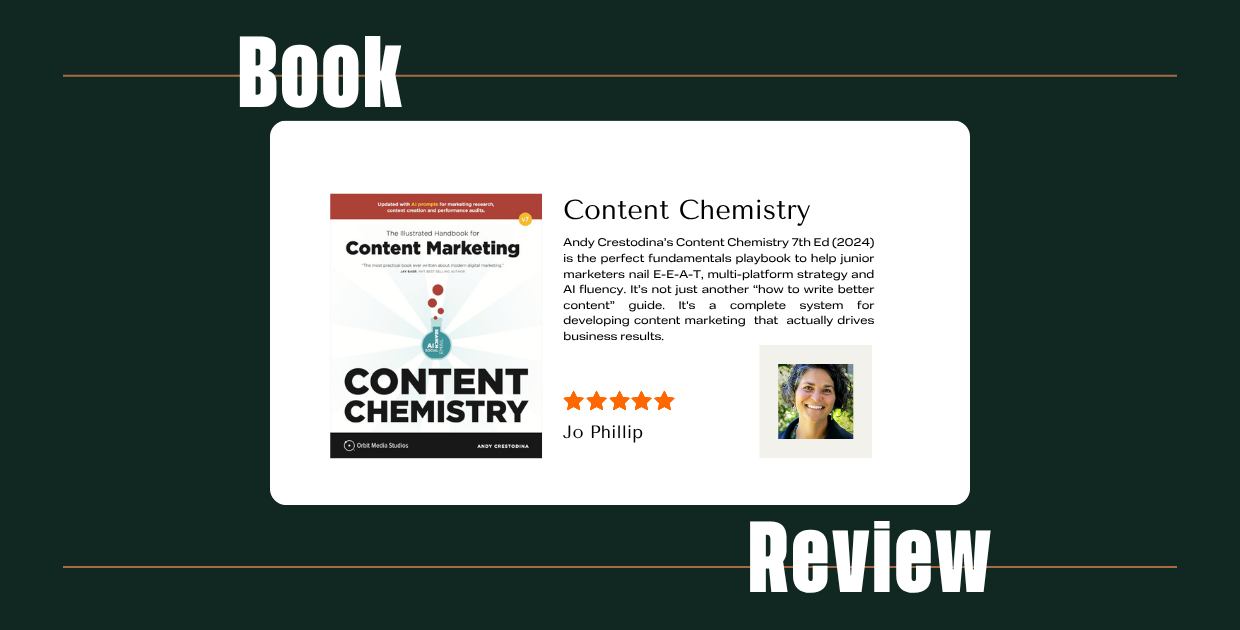7 Components of a B2B Sales & Marketing Service Level Agreement (SLA)
Written by

Anyone can appreciate the value of a service level agreement (SLA), especially in the context of a customer-provider relationship. It’s virtually unthinkable to offer any kind of service without also providing contract details for customers.
Take cable or cell phone service, for example. As consumers, we sign on the dotted line to acknowledge our understanding of what will be provided in exchange for our monthly payments, and we look to that agreement to shape our expectations for the customer-provider relationship.
So, what is an SLA in sales, and why are they still uncommon in the workplace, where we all have internal customers — each with distinct, complex sets of expectations? While sales and marketing SLAs have become more mainstream, there is still plenty of room for improvement. When asked to name the biggest challenge to aligning Sales and Marketing departments, 43% of respondents referred to a “lack of accurate/shared data on target accounts and prospects.” (InsideView, 2018)
Organizations that use an SLA report significantly higher win rates, making the case clear for sales enablement through tighter alignment between Sales and Marketing. More and more companies now understand that they can’t continue to work in silos and still expect to maintain a competitive advantage. So, what are the essential parts of a sales SLA that supports your team’s success?
What Does Sales & Marketing Alignment Really Mean?
An aligned sales and marketing organization works toward a common goal, and each team clearly understands the expectations they need to meet to reach that goal. If the common goal is to generate $1 million in new sales, how many leads will Marketing generate for Sales? What methods will they use to generate them? How will Sales pursue those leads and close the deals to reach the revenue goal?
An effective SLA breaks down the complex B2B process of inbound lead generation and sales so that everyone involved in business development has a clear and deliberate plan. No more unknown expectations between departments, no more wasted efforts pursuing low value leads, and no more process confusion.
RELATED:
Get the Guided Tour of Service Level Agreements
Inbound Sales For Industrial Manufacturers
If this dynamic between Sales and Marketing at your company is missing, then it’s time to knock down the silos and create clarity and real alignment between teams that need to work in the same direction to succeed. Don’t just look to a generic sales and marketing service level agreement template; consider your unique teams’ needs and responsibilities as you build your SLA. Here are seven critical SLA components to include:
1. Clarifying Your Shared Goals
The key word here is “shared.” Marketing and Sales alignment sets the stage for productive collaboration and communication between both departments. Defining the shared goal sets clear expectations for all involved, and the goal becomes the guiding light for all activities you embark on. When setting goals, remember to use a SMART approach. Most often, SLA goals should be focused on hard numbers tied to real financial growth.
2. Definitions
Once you’ve defined your shared goals, come to an agreement on how you define essential terms. Who counts as a contact? Who will we say is a lead? What is a Marketing Qualified Lead (MQL)? What is a Sales Qualified Lead (SQL)? What are the stages of the sales process? Clear definitions prevent misunderstandings between Marketing and Sales as each team works on the promised activities to support one another and reach shared goals.
3. Lead Qualification
Is your Sales team satisfied with the quality of leads from the Marketing department, or are Sales managers unproductive, spinning their wheels on leads that never amount to anything? Take the time to qualify leads and set strategic parameters for which leads are worth the time and effort to pursue.
Although there are many factors that could come into play, consider two main aspects of fit and interest when qualifying your leads and establishing the rules for MQLs and SQLs. Fit most likely determines whether a lead’s role falls into your target persona as either an influencer or decision-maker. Interest assesses a lead’s level of knowledge, consideration, and urgency in the arc of the buyer’s journey.
You can take lead assessment to the next level by assigning scores for each lead. Lead scoring is easily done and can be automated with an inbound marketing platform such as HubSpot. You can set the basis for scores using your desired fit and interest parameters.
4. Lead Handoffs
What will trigger your lead handoff from Marketing to Sales? Is it a lead score threshold? Is it a bottom-of-the-funnel conversion such as a demo request, marketing assessment, or consult? Outline the information that will be shared at each stage, and detail how Marketing will notify Sales of these leads.
Conversely, when and how will Sales return leads to Marketing? After how many call attempts does Sales return a lead for further nurturing, and what nurturing path would a returned lead be enrolled in?
5. Lead Nurturing
Marketing’s lead nurturing process is a carefully considered series of actions that moves leads further down the sales funnel. Your lead nurturing workflows should increase leads’ interest level by serving up helpful content in the awareness, consideration, and decision stages. Each offer sent with workflows gives the lead more information, more detail, and more useful help, meanwhile building the lead’s confidence in your brand.
Communicating the details of each workflow with Sales can allow for a more subjective determination and personalization of workflow assignments for leads. Consider adding a process for Sales to manually trigger a workflow that may be more applicable to a particular lead.
6. Lead Management & Sales Enablement
Once leads are nurtured to sales-ready status, the Sales team should have a detailed plan in place for contacting the leads and moving them through their sales process, such as:
- How many times will Sales attempt to contact each lead before returning leads to Marketing?
- Will contact be made by phone? Email? Video?
- Don’t forget to specify the amount of time between each attempt to contact, as well as documenting events that explain why the lead was not moving forward in the sales process.
7. Key Performance Indicators (KPIs)
Key performance indicators will help you manage goal achievement, providing insights on areas of improvement and opportunities that could be leveraged. For Sales, consider measuring the frequency and number of attempts to contact leads. For Marketing, focus on conversion rates of visitors, leads, MQLs, and SQLs.
You’re Not Quite Done Yet…
Once you’ve broken down those silos and created your SLA, don’t waste your efforts with a “set-it-and-forget-it” mindset. The SLA is a living, breathing document that should be improved upon regularly based on learning and feedback between teams.
Set a monthly meeting with Sales and Marketing to review progress, goal achievements, and KPIs to enable both teams and hold them accountable. It will spark great conversation on strategies to leverage opportunities and insights, and focus on areas of improvement moving forward. And be sure to download our comprehensive guide to preparing, building, and implementing a plan for marketing and sales alignment below. Before you know it, you’ll be well on your way to joining others who’ve adopted SLAs to close more deals and generate more revenue from Marketing!
Subscribe To Our Blog
Information. Insights. Ideas. Get notified every time a new Weidert Group blog article is published – subscribe now!
You May Also Like...

Content Marketing
Content Strategy 2025: SMEs, AI & Quality First

Content Marketing
AI-Era Marketing Simplified: Content Chemistry, 7th Edition

Marketing Case Studies
How ESOP Partners' Website Strategy Boosted SQLs by 900%
Accelerate Your Growth with
Weidert Group
If you’re ready to explore a partnership, request a personalized consultation with our team.

